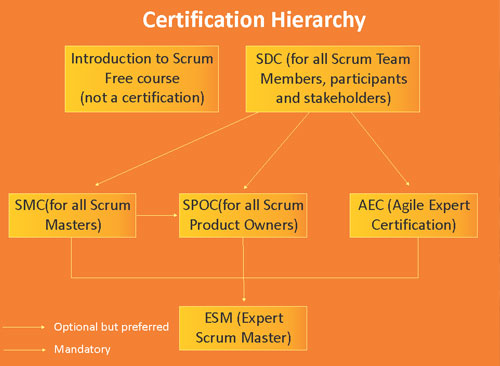The New Kid on the Block
 Asta Powerproject, is a class-leading project, portfolio and resource management solution, being used successfully throughout the world on projects of all sizes and by all industry sectors. It is relied upon throughout the world for the effective planning and management of projects and provides advanced scheduling functionality, monitors and reports on progress and protects from the risk of delay and disruption.
Asta Powerproject, is a class-leading project, portfolio and resource management solution, being used successfully throughout the world on projects of all sizes and by all industry sectors. It is relied upon throughout the world for the effective planning and management of projects and provides advanced scheduling functionality, monitors and reports on progress and protects from the risk of delay and disruption.
Asta Powerproject is developed and supported by Asta Development, part of Eleco plc, a leading international developer of project, portfolio and resource management software.
The software is suitable for use by anyone involved in the delivery of a project. The users of Asta Powerproject are of all sizes and from many industry sectors, including:
- Construction
- Technology Organisations
- Civil Engineering
- Public Sector
- Manufacturing
- Oil & Gas
- Consultancy Firms
As a leading technology provider to the construction industry, Asta has a large user base and plays a key role in underpinning many projects from simple through to highly complex. A key element of Asta Powerproject is time scheduling which sits at the heart of every project and will remain a vital component as technology continues to evolve.
Why Asta Powerproject?
Industries that are going for this software consider some of the following features as the key reasons for their usage:
Clear Resource Visibility
Basic software systems don’t let users have full visibility across multiple projects. But Asta Powerproject suite gives a single repository of information providing an overview of current and future workload, giving the team clear visibility of utilization of resources.
Resource Allocation
Asta PowerProject can show senior management the need for extra resource to complete a project on time. It also shows them the knock-on effect that this will have on other projects if we don’t.
Integrated Timesheet Management
The software links costs, people and projects together, everyone knows exactly what they are being charged for.
Business Intelligence for Easy Stakeholder Engagement
Asta Powerproject comes with a dashboard that gives senior managers not only the high level view of everything that they need to know, but the option to drill down and see the information at a more granular level.
Visibility across Projects
What Asta Powerproject gives users is full visibility of resources and tasks across multiple projects. Managers can see what each resource is coming up with, what they are working on now and next and highlight conflicts, etc.
Progress monitoring is effective
The software compares what was planned with actual progress. It plots a line that shows whether the programme is behind or ahead of schedule, from that users can see which items have fallen behind and take the appropriate action, in time.
Above all, it is compatible
Asta Powerproject’s ability to import and export files to and from Primavera greatly simplifies executive reporting. It is an extremely flexible tool in planning and sharing the information coming from other project management software tools, such as Microsoft Project. It’s also compatible with Excel.




